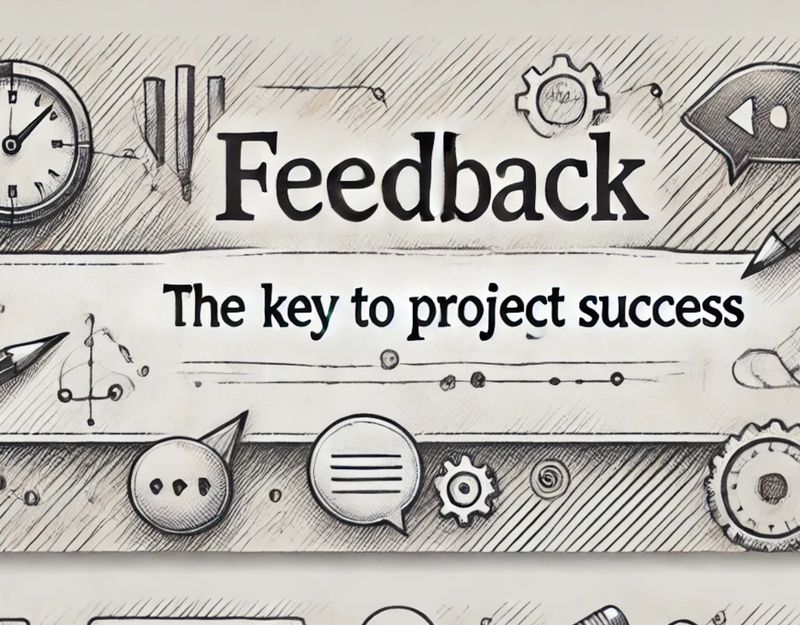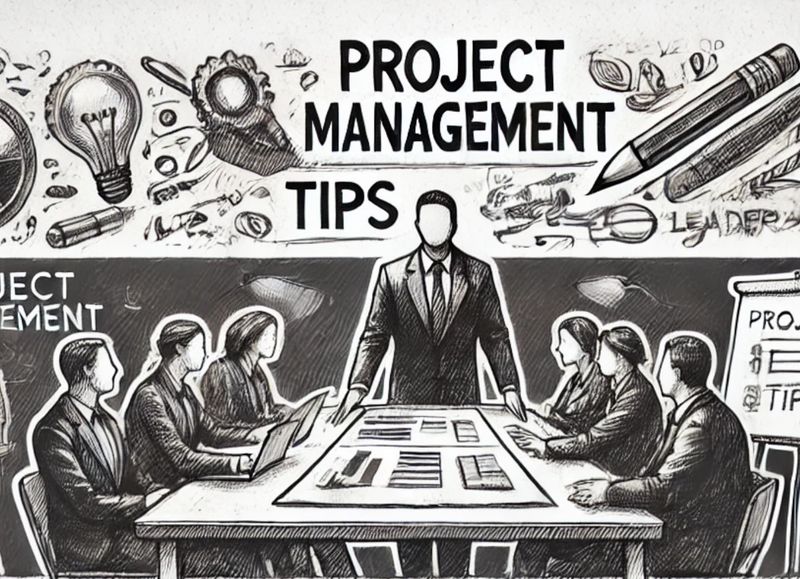Secrets to Successful Project Planning

Understanding the Core Principles of Project Planning
Project planning is more than just drawing timelines and assigning tasks. It is a structured process that sets the foundation for project success by detailing the scope, objectives, and steps needed to bring a project to life. To start, project managers should grasp three critical elements: clarity, prioritization, and risk management.
First, clarity ensures that everyone involved knows the project’s goals. As a project manager, clearly define the project’s objectives and communicate them effectively to your team. This can be achieved by organizing kickoff meetings where stakeholders can ask questions and align their understanding.
Second, prioritization involves focusing on what matters most. Not all tasks carry equal weight, so prioritize the ones that significantly contribute to the project’s success. A practical example would be starting with tasks that unblock other processes or have long lead times. Focusing on key milestones early on will keep the project on track and maintain momentum.
Lastly, risk management should be embedded from the very beginning. A good project plan includes identifying potential risks and preparing for them. For example, when planning a software development project, a common risk is underestimating the time needed for testing and bug fixes. Addressing these issues early ensures the team is not caught off-guard.
Building an Effective Project Timeline
Creating a realistic project timeline is fundamental. One of the most common pitfalls for new project managers is underestimating how long tasks will take. Always build buffers into your timeline to account for unexpected delays. For instance, if you anticipate that a design phase will take three weeks, consider adding a few extra days for feedback and revisions.
Begin by breaking down the project into manageable phases. Each phase should have a clear start and end date, along with specific deliverables. A practical way to do this is to use Gantt charts or project management software to visualize dependencies and deadlines. This will help you and your team understand the order in which tasks need to be completed and ensure that everyone is aware of their responsibilities.
Next, involve your team in the planning process. Engaging team members in discussions about timelines can reveal potential obstacles that may not be immediately obvious. For instance, if a team member mentions that a supplier’s delivery schedule might change, you can preemptively adjust your plan to accommodate any delays.
Managing Stakeholder Expectations Throughout the Project
A successful project is not only about completing tasks on time but also about keeping stakeholders satisfied. From the outset, set realistic expectations with stakeholders. Make sure they understand what can and cannot be achieved within the set time and budget. This helps build trust and prevents misunderstandings.
Start by defining the roles and responsibilities of each stakeholder. Clarifying these roles early helps prevent confusion later. For example, if a client is expected to provide approvals or resources, ensure they are aware of the timelines in which these must be completed.
Regular updates are key to maintaining strong relationships with stakeholders. Instead of overwhelming them with too much technical detail, focus on high-level progress and highlight key milestones. Communicate setbacks promptly and explain the steps being taken to resolve them. For example, if a development phase hits a technical snag, share this information along with the revised plan and adjusted timeline. This transparency can go a long way in preserving trust.
Staying Adaptable and Improving Continuously
One secret of successful project planning is the ability to adapt to changing circumstances. No plan is perfect, and unexpected issues will arise. The key is to remain flexible and adjust your approach when needed.
An example of adaptability in action could be shifting team resources to a task that has become unexpectedly urgent. If a marketing project requires an earlier-than-planned launch due to client needs, realigning team focus and redistributing workload can keep the project moving smoothly.
Finally, learn from every project you complete. After the project concludes, conduct a post-project review with your team. Collect feedback about what worked well and what didn’t. For instance, if your team faced repeated delays due to communication gaps, consider implementing new tools or practices, such as weekly stand-up meetings or collaborative software platforms.
By embracing continuous improvement, you will become more skilled at foreseeing issues and refining your project planning techniques. Remember, successful project planning is an evolving process, and every experience will contribute to making your future projects even better.
With these tips, you’re better equipped to tackle project planning with confidence and set the stage for successful project completion.



